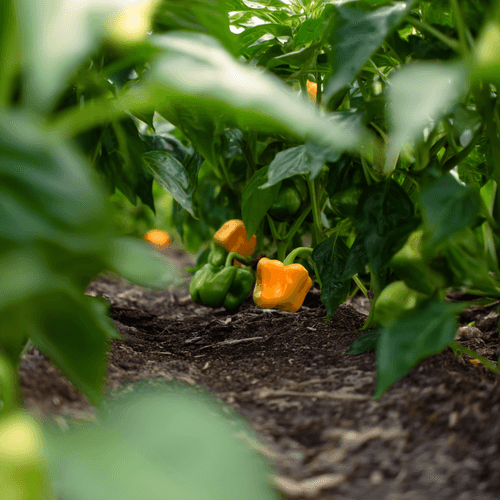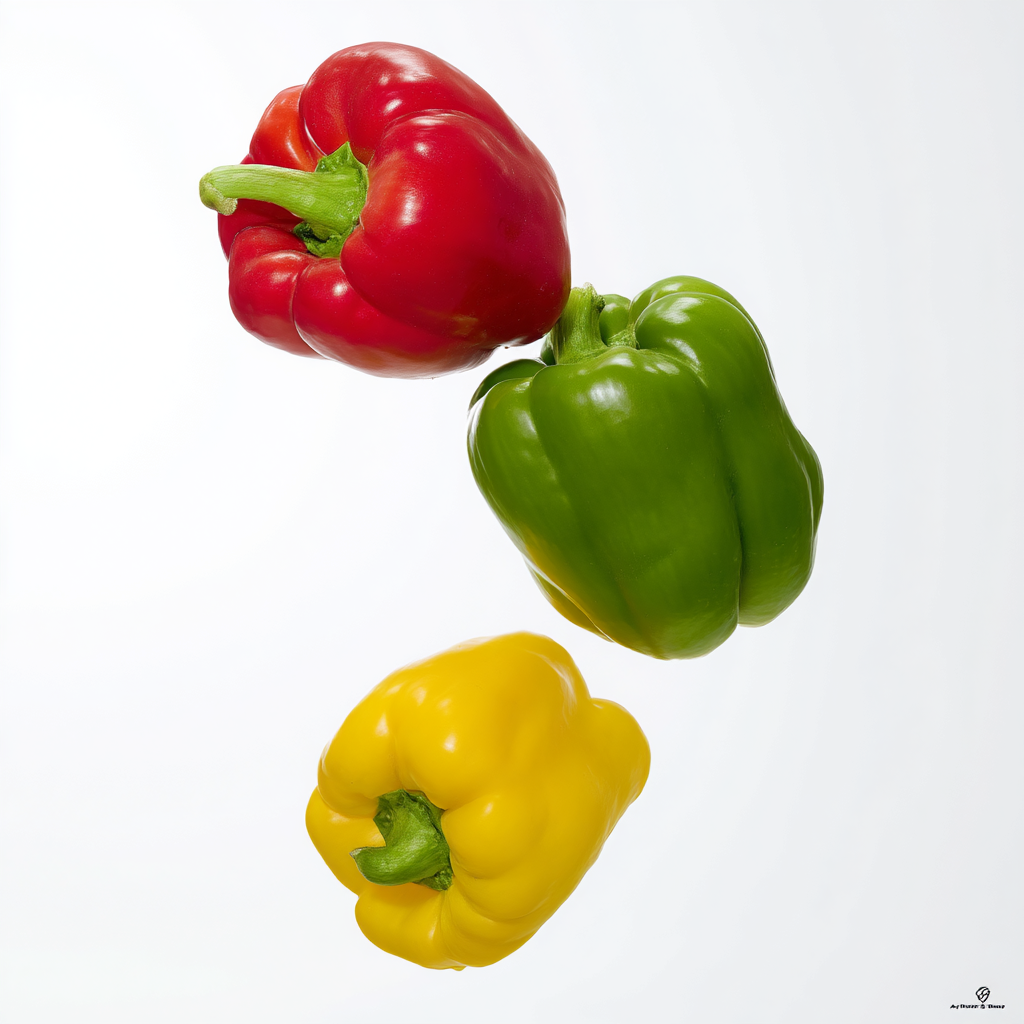Did you know ?
- 1 Red bell peppers have more vitamin C than an orange, providing up to 169% of the daily value per medium pepper.
- 2 Bell peppers come in a rainbow of colors, including green, yellow, orange, red, purple, and even white.
- 3 Green bell peppers are simply unripe versions of red, yellow, or orange peppers.

